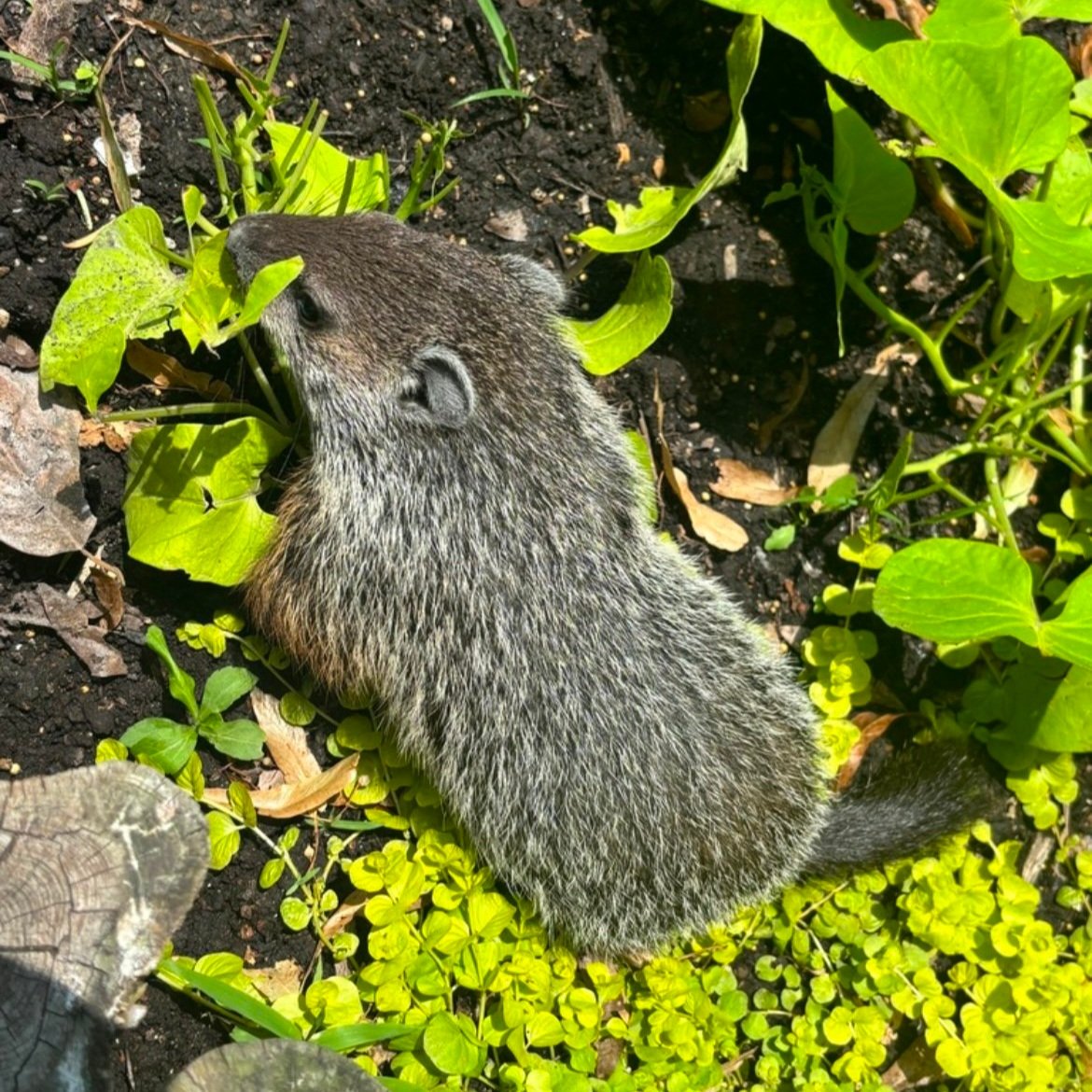Predicting Spring: The Human Way
Groundhog, Marmota monax from iNaturalist user nkorte1
Despite what a neighborhood or nationally known groundhog may suggest, accurately predicting when a specific season will arrive is complicated.
Forest Park Forever experts generally recognize the spring’s arrival by paying attention to plants—not shadows—and remembering that the Midwest's inconstant weather can drastically affect a transition.
When long-term planning for seasonal maintenance and care, our nonprofit conservancy's Land Management teams rely on data, such as when shrubs like honeysuckle start growing leaves. Our teams also monitor resources like the National Phenology* Network (NPN), which tracks the onset of spring across the country.
When Will Spring Start in Forest Park
Punxsutawney Phil has predicted six more weeks of winter for 2025 and we aren’t mad about it.
“For the health of Forest Park’s landscapes, it’s best to be on the later side of the average first spring leaf.”
The NPN confirms the first leaves are about 10-15 days later than average in some areas of the southern U.S., and leaves are coming out early in others. Forest Park experts anticipate this process will slow down over the next few weeks due to unseasonably cold weather.
"For the health of Forest Park's landscapes, it's best to be on the later side of the average first spring leaf," says Roman Fox, Forest Park Forever Horticulture Superintendent. “Spring buds and blooms breaking dormancy early risk exposure damage,” Fox says. “Last year, some of the Park's early-season blooms were terminated or delayed due to a snap of cold weather.”
So while many Park visitors are ready for bright blooms, and our teams would love to dig into landscape beds and sow seeds in the Nature Reserve, we are practicing patience. Forest Park experts will continue to monitor and hope for a gentle, appropriate arrival of spring sometime around the middle of March.
*Phenology /fəˈnäləjē/ (noun) the study of the timing and cyclical patterns of events in the natural world, particularly those related to the annual life cycles of plants, animals, and other living things.





